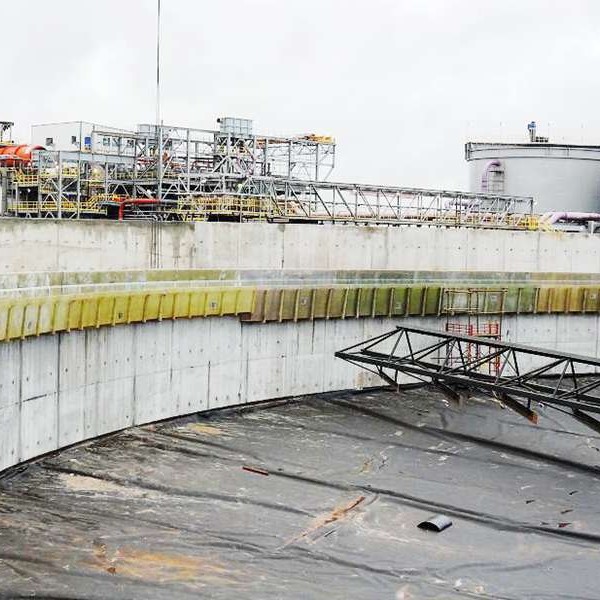
-
 Afrikaans
Afrikaans -
 Albanian
Albanian -
 Amharic
Amharic -
 Arabic
Arabic -
 Armenian
Armenian -
 Azerbaijani
Azerbaijani -
 Basque
Basque -
 Belarusian
Belarusian -
 Bengali
Bengali -
 Bosnian
Bosnian -
 Bulgarian
Bulgarian -
 Catalan
Catalan -
 Cebuano
Cebuano -
 China
China -
 China (Taiwan)
China (Taiwan) -
 Corsican
Corsican -
 Croatian
Croatian -
 Czech
Czech -
 Danish
Danish -
 Dutch
Dutch -
 English
English -
 Esperanto
Esperanto -
 Estonian
Estonian -
 Finnish
Finnish -
 French
French -
 Frisian
Frisian -
 Galician
Galician -
 Georgian
Georgian -
 German
German -
 Greek
Greek -
 Gujarati
Gujarati -
 Haitian Creole
Haitian Creole -
 hausa
hausa -
 hawaiian
hawaiian -
 Hebrew
Hebrew -
 Hindi
Hindi -
 Miao
Miao -
 Hungarian
Hungarian -
 Icelandic
Icelandic -
 igbo
igbo -
 Indonesian
Indonesian -
 irish
irish -
 Italian
Italian -
 Japanese
Japanese -
 Javanese
Javanese -
 Kannada
Kannada -
 kazakh
kazakh -
 Khmer
Khmer -
 Rwandese
Rwandese -
 Korean
Korean -
 Kurdish
Kurdish -
 Kyrgyz
Kyrgyz -
 Lao
Lao -
 Latin
Latin -
 Latvian
Latvian -
 Lithuanian
Lithuanian -
 Luxembourgish
Luxembourgish -
 Macedonian
Macedonian -
 Malgashi
Malgashi -
 Malay
Malay -
 Malayalam
Malayalam -
 Maltese
Maltese -
 Maori
Maori -
 Marathi
Marathi -
 Mongolian
Mongolian -
 Myanmar
Myanmar -
 Nepali
Nepali -
 Norwegian
Norwegian -
 Norwegian
Norwegian -
 Occitan
Occitan -
 Pashto
Pashto -
 Persian
Persian -
 Polish
Polish -
 Portuguese
Portuguese -
 Punjabi
Punjabi -
 Romanian
Romanian -
 Russian
Russian -
 Samoan
Samoan -
 Scottish Gaelic
Scottish Gaelic -
 Serbian
Serbian -
 Sesotho
Sesotho -
 Shona
Shona -
 Sindhi
Sindhi -
 Sinhala
Sinhala -
 Slovak
Slovak -
 Slovenian
Slovenian -
 Somali
Somali -
 Spanish
Spanish -
 Sundanese
Sundanese -
 Swahili
Swahili -
 Swedish
Swedish -
 Tagalog
Tagalog -
 Tajik
Tajik -
 Tamil
Tamil -
 Tatar
Tatar -
 Telugu
Telugu -
 Thai
Thai -
 Turkish
Turkish -
 Turkmen
Turkmen -
 Ukrainian
Ukrainian -
 Urdu
Urdu -
 Uighur
Uighur -
 Uzbek
Uzbek -
 Vietnamese
Vietnamese -
 Welsh
Welsh -
 Bantu
Bantu -
 Yiddish
Yiddish -
 Yoruba
Yoruba -
 Zulu
Zulu
Innovations in Fiber Reinforced Plastic Tank Design and Application for Enhanced Durability
Fiber Reinforced Plastic Tanks A Comprehensive Overview
Fiber reinforced plastic (FRP) tanks are becoming increasingly popular in various industries due to their unique combination of properties that make them ideal for a wide range of applications. These tanks, made by combining a resin matrix (typically polyester or epoxy) with reinforcing fibers (such as glass, carbon, or aramid), offer numerous advantages over traditional materials like metal or concrete.
One of the most compelling reasons for the adoption of FRP tanks is their lightweight nature. Compared to steel or concrete, which can be cumbersome and require heavy machinery for transportation and installation, FRP tanks are significantly lighter. This not only reduces transportation costs but also leads to easier installation and decreased foundation requirements. The ability to fabricate these tanks in various shapes and sizes further adds to their versatility, making them suitable for applications ranging from wastewater treatment to chemical storage.
Corrosion resistance is another significant benefit of fiber reinforced plastic tanks
. Traditional materials like steel can corrode when exposed to aggressive chemicals or harsh environmental conditions, leading to leaks, failures, and costly downtime. In contrast, FRP materials exhibit exceptional chemical resistance, allowing them to withstand exposure to a variety of substances without degrading. This property makes FRP tanks an excellent choice for industries handling corrosive fluids, such as petrochemicals, pharmaceuticals, and food processing.Durability is a key factor that contributes to the lifespan of FRP tanks. They are engineered to withstand high pressures and extreme temperatures, making them suitable for both indoor and outdoor applications. Additionally, the materials used in FRP tank construction are less susceptible to impact damage and degradation by UV radiation, which further enhances their longevity. This durability translates into shorter maintenance cycles and reduced replacement costs over time.
fiber reinforced plastic tank

The thermal insulation properties of fiber reinforced plastic tanks are another advantageous feature. The inherent insulation characteristics of these materials can help maintain the temperature of the contents held within the tank, whether it be hot or cold substances. This capability is particularly beneficial in industries such as food and beverage, where temperature control is crucial for product quality and safety.
One noteworthy aspect of FRP tanks is their customization capabilities. Manufacturers can tailor the design, size, and color of these tanks to meet specific customer requirements. This level of customization allows industries to address unique challenges and optimize their operations effectively. The ability to integrate additional features, such as sensors for monitoring the contents, further enhances the functionality of FRP tanks.
However, it is essential to consider some challenges associated with FRP tanks. While they are generally resistant to corrosion, they may not be suitable for every chemical. It is vital for potential users to conduct thorough compatibility tests with the specific substances they plan to store. Additionally, although the initial costs of FRP tanks may be higher than traditional options, their long-term savings in maintenance, durability, and operational efficiency often outweigh the upfront investment.
In conclusion, fiber reinforced plastic tanks are an excellent solution for industries seeking a lightweight, corrosion-resistant, and durable storage option. Their versatility, coupled with the ability to customize designs, makes them suitable for a wide range of applications, from chemical storage to agricultural uses. As technology continues to advance and industries increasingly prioritize safety and efficiency, FRP tanks will likely play a pivotal role in modern material handling and containment solutions. As organizations make their choices, understanding the benefits and potential limitations of FRP tanks will be indispensable in optimizing their operations and ensuring long-term success.









